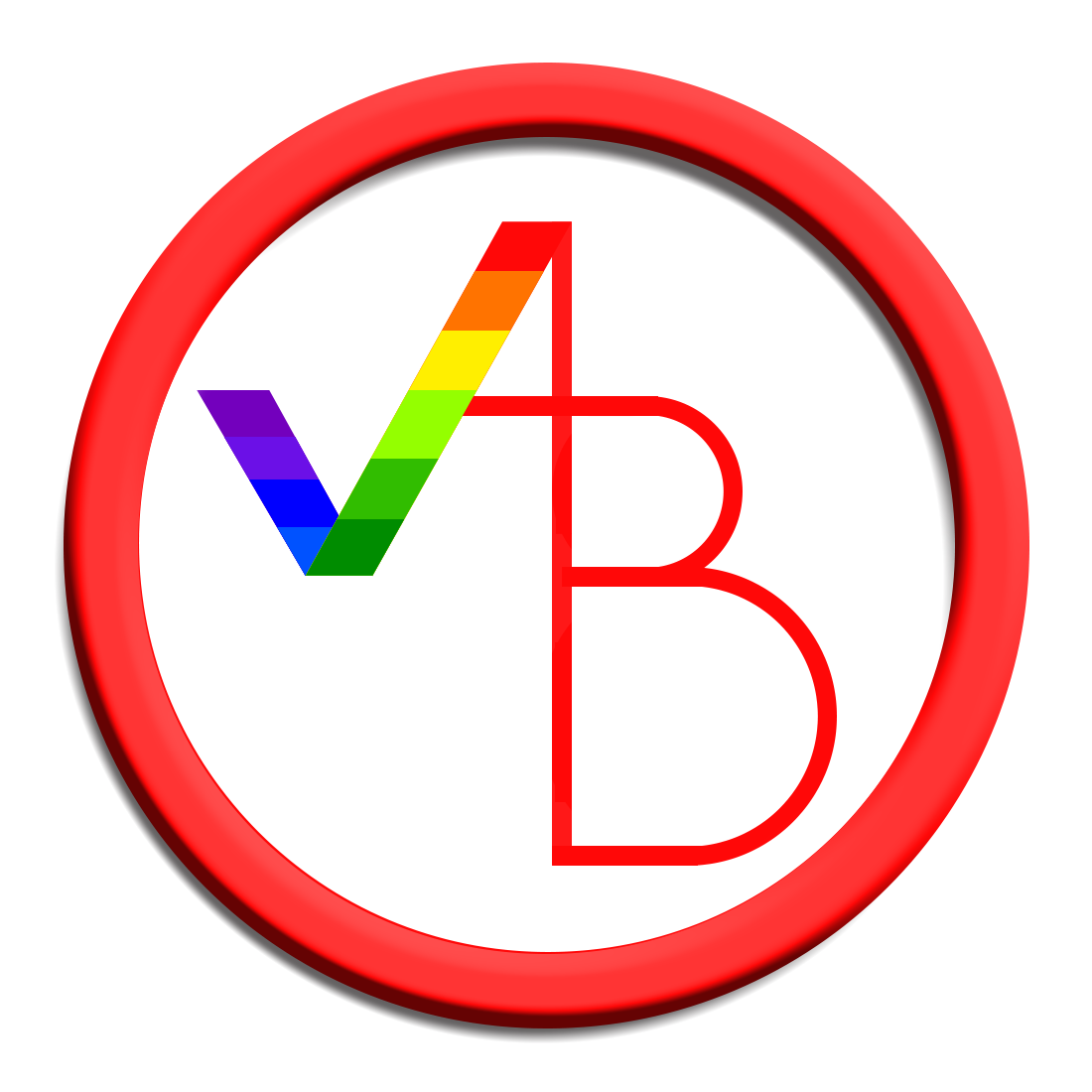The next speaker at ECREA 2016 is the great Anders Larsson, whose interest is in the use of Twitter and Instagram in the 2015 Norwegian regional elections. Instagram in particular has ben underresearched to date, especially given its substantial userbase and its ability to attract younger audiences. The underlying assumption here is that smaller parties may be early movers on these platforms, and that such uses are gradually normalised with the adoption by the major parties; this has already been observed for the case of Twitter in Norway.
Data collection here was via TCAT for Twitter, and instaR for Instagram (but Instagram API access has recently become more difficult, endangering further studies along these lines). The analysis covers a period of one month before the election, and unsurprisingly shows a major peak in activity on election day as well as – only for Twitter – during the major televised debates. Notably, Instagram activity does not seem to be related to such televised events, then.
It is comparatively easy to identify the most active and most visible Twitter users in these datasets; the same is more difficult for Instagram, as re-gramming activities are not as straightforwardly traceable. The most active Twitter users are a mix of smaller and larger parties; the key hashtags are election- and media-related as well as linked to the Green Party. On Instagram, there was a very active troll; beyond this, party and politician accounts dominated in terms of activity. Hashtags related to media coverage and the leading Labour Party.
The prominence of media hashtags on Instagram is unexpected given the lack of interrelationship between Instagram activity and televised election coverage. On Twitter, it is notable that smaller parties remain most active, in spite of the normalisation thesis; the opposite is true on Instagram, which may point to a 'consultant effect', where social media 'experts' have encouraged the parties that could afford such outside advice to embrace the platform.












